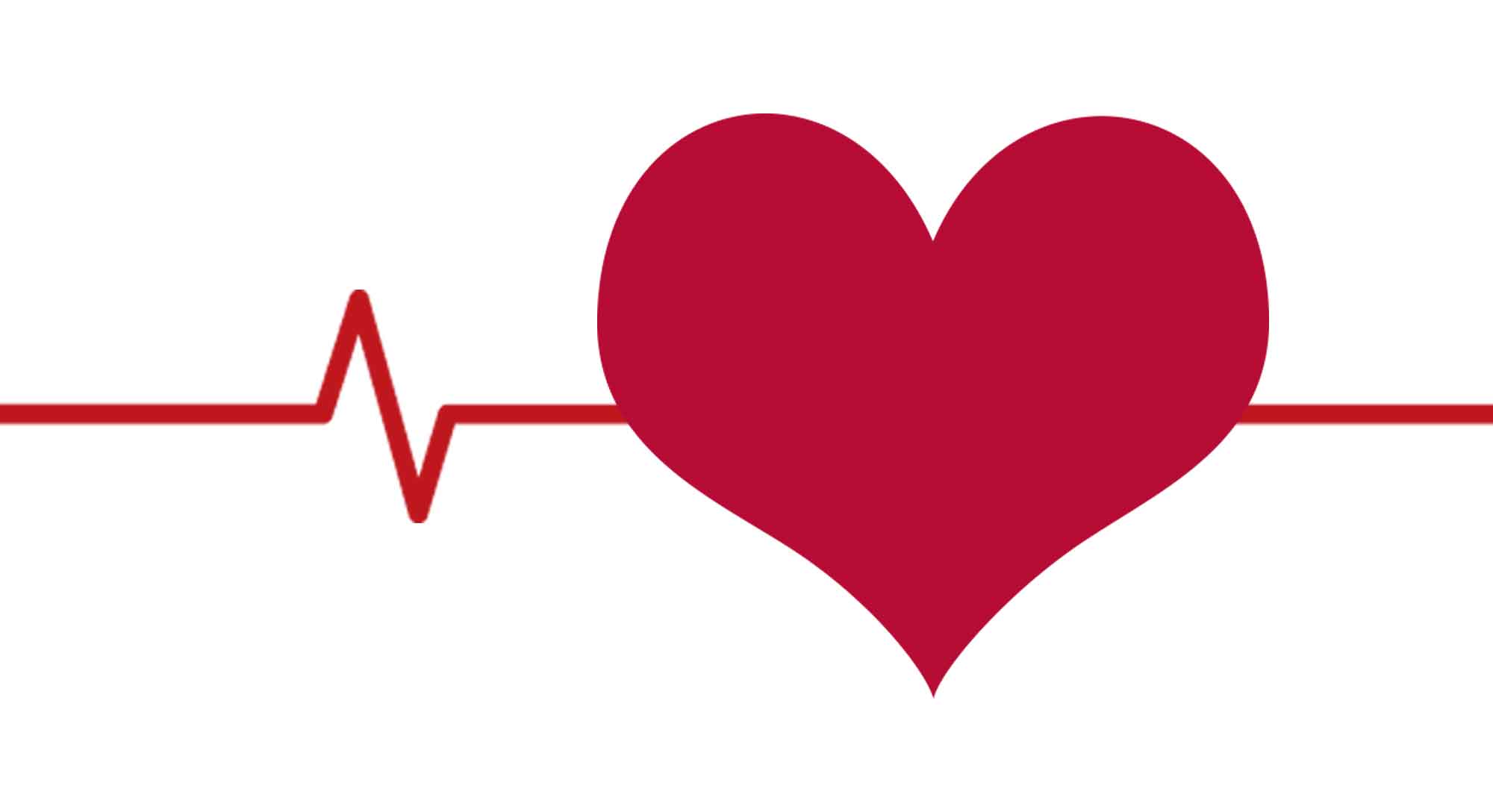Atrial fibrillation and stroke risk
Preventive treatment can drastically reduce the risk of stroke for a person with atrial fibrillation. That’s why it’s important to get a diagnosis as early as possible. Learn more about what can increase your risk and check your own pulse to detect if your heart is beating out of rhythm.
You should pay extra attention if you are over 65 and have:
- high blood pressure
- diabetes
- sleep apnoea
- heart failure or other heart disease
- or if you have had a stroke or Transient Ischemic Attack (TIA) in the past

Your lifestyle affects the risk of atrial fibrillation
You can influence several factors that lead to an increased risk of atrial fibrillation, for example, smoking and high alcohol consumption. Alcohol is also a common cause of triggering an episode of atrial fibrillation in the heart. Hard endurance training over a long period can also be a contributing factor but for the majority of people affected by atrial fibrillation, increased movement and healthy exercise pay off.
Learn more about lifestyle factors
Age as a risk factor for atrial fibrillation
The risk of permanent atrial fibrillation is present at all ages but is rare in people under 50. However, at age 65 there is a marked increase in risk that becomes more significant the older you are.
High blood pressure and atrial fibrillation
Blood pressure is affected by how much blood the heart pumps out and how much resistance there is in the blood vessels. About a third of all adults in Sweden have high blood pressure, and most of them are treated with medication. At least 60% of those who have atrial fibrillation also have some other underlying cardiovascular disease. High blood pressure is one of the more common.
Diabetes and increased risk of atrial fibrillation
Type 2 diabetes is the most common form of diabetes. It usually occurs in adulthood. In addition, people with type 2 diabetes are at least twice as likely to have atrial fibrillation.
Sleep apnoea and cardiovascular diseases
Many pieces of the puzzle are still missing to clarify the links between sleep apnoea and cardiovascular disease. There seems to be an increased risk of stroke and high blood pressure associated even with mild cases of sleep apnoea. A Swedish study found that those with both vascular disease and sleep apnoea were three times more likely to suffer a stroke.
Atrial fibrillation is often associated with other cardiovascular diseases
Many different diseases affect the heart, such as angina, coronary artery disease, heart failure, hypertension, and myocarditis. People with atrial fibrillation often have other cardiovascular diseases.
Undetected atrial fibrillation may underlie stroke and TIA
10-25% of patients who suffer a stroke or TIA have previously undetected atrial fibrillation. That’s why it’s essential to learn more about risk factors and signs of atrial fibrillation.
TIA stands for Transient Ischemic Attack. The symptoms are the same as in a stroke. The difference is that they disappear entirely within 24 hours, usually within an hour.
Check if you are at risk of atrial fibrillation
If one or more risk factors apply to you, you can start by checking your pulse twice a day for two weeks. Then, pay attention to if your heart beats out of rhythm. If you notice an irregular heartbeat, you should contact your doctor.

